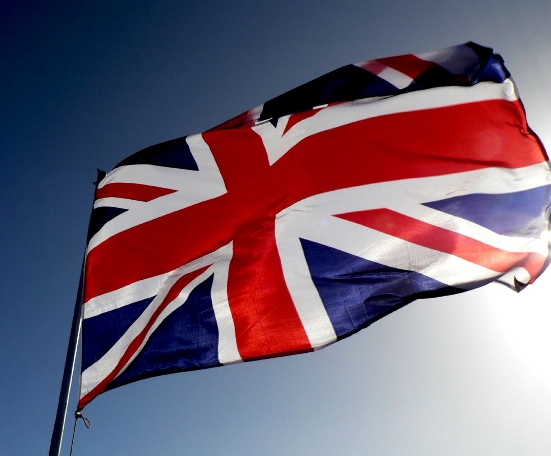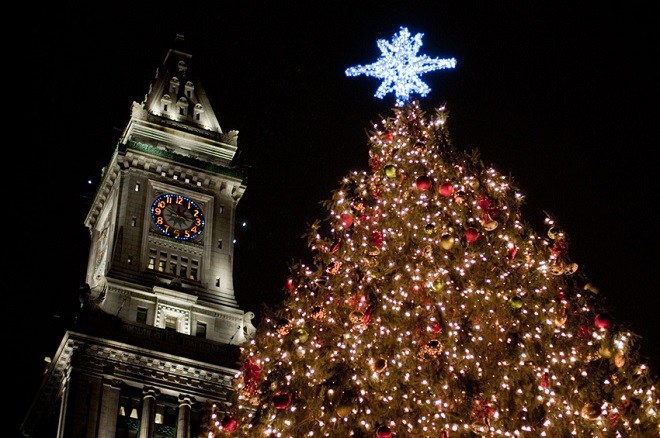Britain’s History: Top Ten Places
From the time of the Druids to the time of the Vikings, through a multitude of wars, the has a strong history. The current-day Empire includes England, Ireland and Scotland (known as the United Kingdom) and several other countries. Over the course of history, however, the Empire traversed most of the known world.
Most of the current Empire’s other countries have their own governments, however they are still under the Queen’s rule. The British Empire also includes: New Zealand, Canada, Grenada, Jamaica, Australia, Bahamas, Barbados, Belize, St. Lucia, the Solomon Islands, Antigua and Barbuda, Grenadine and Papua New Guinea, Tuvalu, St. Vincent and St. Christopher and Nevis. With all of these countries under English rule, there are tons of places to visit. Here is a top ten list for your review.
1757: Battle of Plassey, India
At the Battle of Plassey the British won control over most of the Indian territories. The British Empire conquered the French and Nawab of Bengal. The ruled the country of India until its Independence Day in 1947.Bengal now is a mecca for the IT industry and one of the fastest growing areas in India. Bengal is also located in the foothills of the Eastern Himalayas so nature lovers will be equally pleased. Those that enjoy wildlife shouldn’t miss the Sunderbans Wildlife Sanctuary.
1775: Canada’s Battle of Quebec
The location of the first major defeat in the United States of America’s Revolutionary War actually took place in what would later become Canada. Quebec would later be formed and this is the location where General Montgomery led the invading forces and this is where he died.Quebec is Canada’s only predominately French-speaking province. Theme parks and museums, national parks and historical centers, all await visitors young and old alike.
1781: The Siege of Yorktown, United States of America
The Siege of Yorktown occurred when General George Washington and Comte de Rochambeau of the American and French armies defeated the British. Yorktown is part of one of the most historical areas in the U.S.A. in regards to the American Revolutionary War. Museums are aplenty in Yorktown, as well as the Battlefield where the defeat took place.
1814: Treaty of Waitangi, New Zealand
During the first half of the 19th century New Zealand was home to its native peoples, the Maori. Captain Cook had come by and explored the islands which in turn gave knowledge to the Empire and Europe of the country’s existence. Droves of Europeans would come to New Zealand along with their criminals and evil ways. The Treaty of Waitangi was signed in 1840 and gave the Maori protection against the Europeans as citizens of the British Empire.
1823: The Demerara Rebellion of Guyana
In 1823 Guyana, already part of the British Empire, became the birthplace of the upheaval against slavery. Papers were supposed to have been sent to the slave owners in August, telling them to release their slaves and allow their freedom. Rumors abounded stating that the owners were refusing to do so. With Jack Gladstone as the first, 10,000 slaves quickly rose up against their owners. Martial law was enforced, and Jack Gladstone was imprisoned and died within its walls. Britain itself received 200 petitions against slavery as the protest commenced within its own borders.Guyana is the only English speaking country in South America. Less like Latin America, and more like the Caribbean, there are several sites to see in-country,
1839: Hong Kong’s Opium Wars
The Opium Wars took place in 1839 – 1842 when the Chinese government became displeased over the influx of the drug into their country. Afterwards the British Empire gained rule over Hong Kong Island and later the entire country of Hong Kong. They remained the rulers of the country until Hong Kong’s Independence Day in 1997.
1850: Australia’s Victorian Gold Rush
Once upon a time, Australia was the penal colony for the British Empire. This was the Brit’s solution to ridding their country of the unwanted criminals – send them to the bottom of the world. However, come the mid 19th century, from 1850 into the 1860s gold was discovered. The population of the country tripled and Queen Victoria held in her grasp the largest portion of gold on the planet.The city of Victoria hosts nearly a billion visitors a year. Beaches, museums, wine festivals and cultural history are amongst the attractions.
1853: The Crimean War, Ukraine
While Australia was experiencing a gold rush, the Ukraine had a bit of warring going on. The Ukraine at the time was known as Crimea and the war began when Russia started conquering the territories of the region from Turkey. The British Empire didn’t want to see the Russians expand in the area, and took part in the war. Several battles took place, most importantly the Battle of Alma River where the Russian Imperialist Army was defeated.The temperatures can range from cold to akin to the Mediterranean climates on the southside of the Ukraine. International visitors are welcome year-round.
1879: Isandlwana, South Africa
Well, here the British Empire lost a battle. In Kwa-Zulu Natal, South Africa the Empire hugely lost to the natives. This is now praised as one of the most gorgeous places to visit in South Africa. Beaches, the Drakensburg Mountain Range and large wildlife including the rhino and the elephant welcome the visitors.
1896: Anglo-Zanzibar War, Zanzibar
This war lasted all of thirty-eight minutes. (No, that isn’t a typo.) Since Zanzibar was under British rule, it was required to get permission for Sultans to supervise rule from the Brits. Unfortunately, Sultan Khalid bin Barghash decided not to ask and just took over the throne from his predecessor. The Brits said, umm.. no. He said umm.. yes and barricaded himself in his palace. The British Navy opened fire on the palace and 20 minutes later Khalid ran away to the German Consulate and onto German East Africa. Zanzibar is a sought after destination for many to see its coral reefs, the World Heritage Site of Stone Town and a fantastic walking tour through the historical area.
There are several other areas across the globe that are also fabulous places to visit in their own rite that were once a part of the British Empire. Enjoy all the beauty and history of each and every one!

